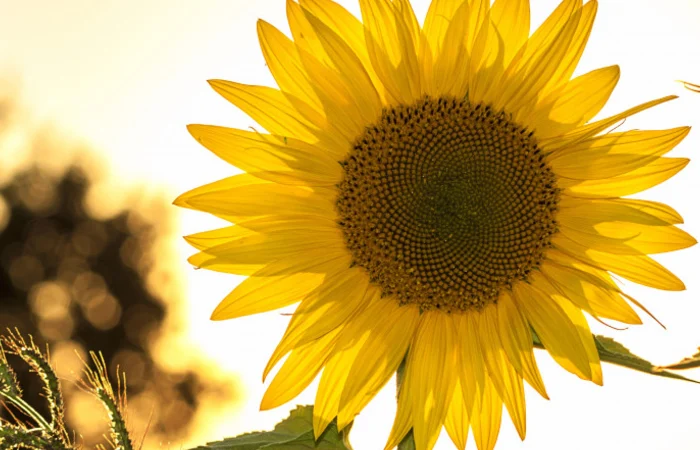Sunflowers are a popular and widely cultivated plant, known for their large, showy flowers and edible seeds. However, not all sunflowers are created equal, and some species are much rarer than others. In this article, we will explore the rarest sunflower species, their characteristics, and the threats they face.
The Rarest Sunflower Species
Helianthus verticillatus
Helianthus verticillatus, also known as the whorled sunflower, is a rare species found in wetland habitats in the eastern United States. It is a perennial plant that grows up to 2 meters tall and has small, yellow flowers arranged in whorls around the stem. The whorled sunflower is listed as an endangered species due to habitat loss and degradation caused by human activities such as agriculture and development.
Helianthus schweinitzii
Helianthus schweinitzii, commonly known as Schweinitz’s sunflower, is a rare species found in the southeastern United States. It is a perennial plant that grows up to 2 meters tall and has large, yellow flowers with dark centers. Schweinitz’s sunflower is listed as a threatened species due to habitat loss and degradation caused by human activities such as logging and urbanization.
Helianthus paradoxus
Helianthus paradoxus, also known as the puzzling sunflower, is a rare species found in the central United States. It is an annual plant that grows up to 1 meter tall and has small, yellow flowers with dark centers. The puzzling sunflower is listed as an endangered species due to habitat loss and degradation caused by human activities such as agriculture and urbanization.
Helianthus praecox
Helianthus praecox, commonly known as the early sunflower, is a rare species found in the southeastern United States. It is a perennial plant that grows up to 1 meter tall and has large, yellow flowers with dark centers. The early sunflower is listed as a threatened species due to habitat loss and degradation caused by human activities such as logging and urbanization.
Threats to Rare Sunflowers
The rare sunflower species face a variety of threats, mostly related to habitat loss and degradation caused by human activities. Agriculture, logging, urbanization, and development are some of the major drivers of habitat loss and degradation. In addition, invasive species, climate change, and natural disasters such as floods and wildfires can also threaten the survival of rare sunflowers.
Conservation Efforts
Conservation efforts for rare sunflowers focus on protecting and restoring their habitats, as well as monitoring and managing populations. Habitat protection and restoration can include activities such as land acquisition, habitat enhancement, and invasive species control. Monitoring and managing populations can involve activities such as population surveys, genetic analysis, and seed collection.
Conclusion
Rare sunflowers are an important part of our natural heritage, and their conservation is critical for maintaining biodiversity and ecosystem health. By understanding the characteristics and threats facing these species, we can work to protect and restore their habitats and ensure their survival for future generations.
Related topics:


